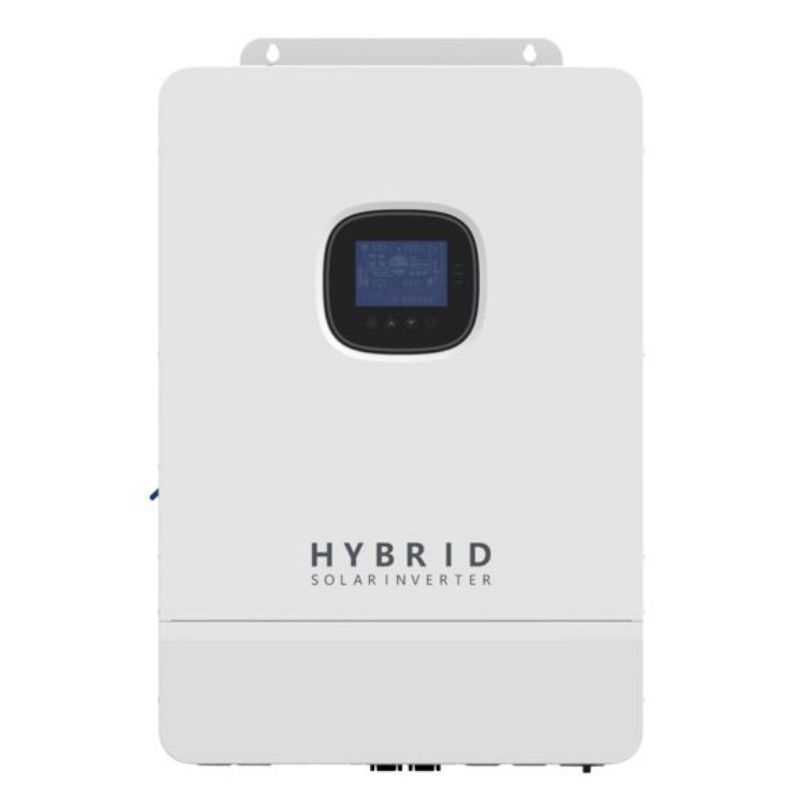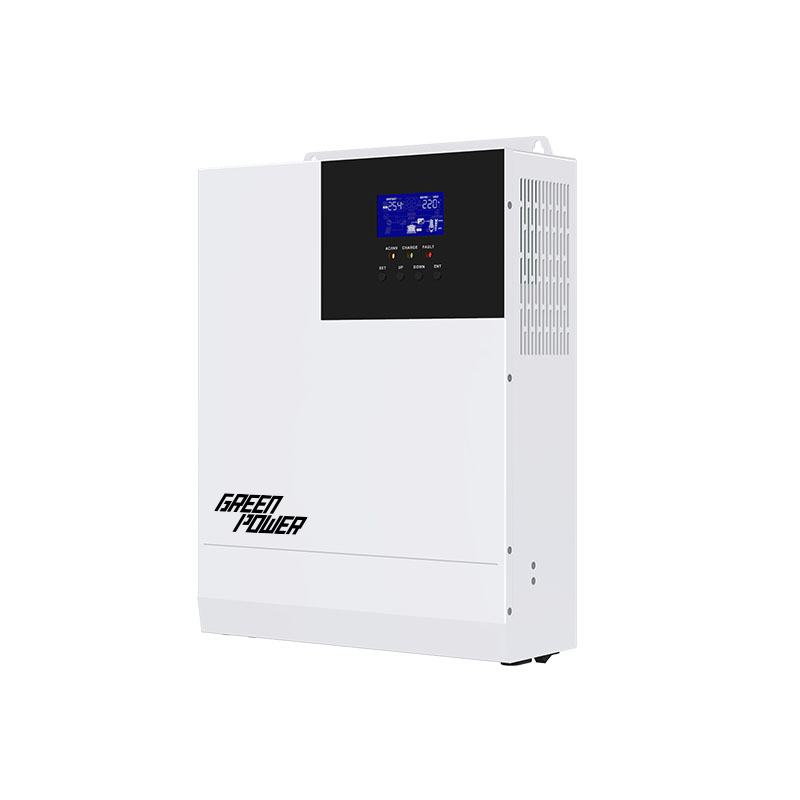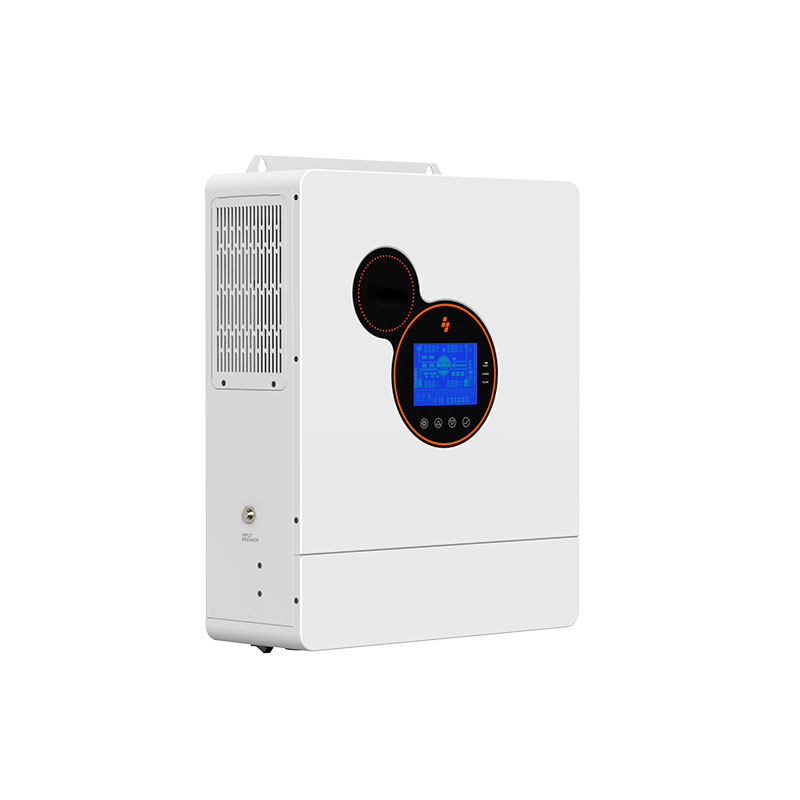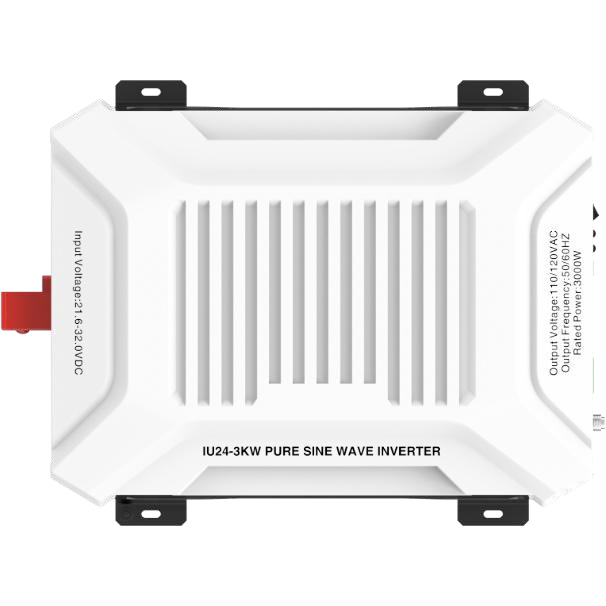

Products
Page Contents
8KW/10KW/12KW Hybrid Solar Charger Inverter
Product Detail
Efficient
All-in-one
User-Friendly
Reliable
| INVERTER OUTPUT | |||
| Rated Output Power | 8000W | 10000W | 12000W |
| Max.Peak Power | 8000W | 10000W | 12000W |
| Rated Output Voltage(Vac) | 230/400Vac(three-phase) | ||
| Rated AC Frequency | 50/60Hz | ||
| Waveform | Pure sine wave | ||
| Switch Time | 10ms(Typical) | ||
| Capacity of Motor Load | 5HP | 6HP | 6HP |
| BATTERY | |||
| Battery Type | Li-ion / Lead-acid / user-define | ||
| Rated Battery Voltage | 48Vdc | ||
| Voltage Range | 40~60Vdc | ||
| Max. PV Charging Current | 180A | 220A | 260A |
| Max.Mains/Generator Charging Current | 100A | 120A | 120A |
| Max.Hybrid Charging Current | 180A | 220A | 260A |
| PV INPUT | |||
| Num. of MPP Trackers | 2 | ||
| Max. Input Power | 6000W/6000W | 7500W/7500W | 9000W/9000W |
| Max. Input Current | 22A/22A | ||
| Max. Voltage of Open Circuit | 800Vdc/800Vdc | ||
| MPPT Voltage Range | 200~650Vdc/200~650Vdc | ||
| MPPT Tracking Efficiency | 99.9% | ||
| MAINS / GENERATOR INPUT | |||
| Input Voltage Range | phase voltage 170~280V, line voltage 305~485V | ||
| Frequency Range | 50/60Hz | ||
| Bypass Overload Current | 63A | ||
| GENERAL | |||
| Dimensions | 620 × 445 × 130 mm(2.03 × 1.46 × 0.43 ft) | ||
| Weight | 27 kg(59.52 lb) | ||
| Protection Degree | IP20 , Indoor Only | ||
| Operating Temperature Range | -10~55℃, >45℃ derated | ||
| Communication Method | RS485/CAN/USB/dry contact | ||
| Noise | <60dB | ||
| Cooling Method | Air Cooling | ||
| Warranty | 2 Years | ||
| CERTIFICATION | |||
| Safety | IEC62109-1, IEC62109-2,UL1741 | ||
| EMC | EN61000-6-1,EN61000-6-3,FCC15 class B | ||
How does a solar charger inverter work?
A solar charger inverter, also known as a solar inverter, plays a crucial role in a solar power system. Its primary function is to convert the direct current (DC) electricity generated by solar panels into alternating current (AC) electricity that can be used to power household appliances or fed into the grid.
Here's a breakdown of how a solar charger inverter works:
DC Power Generation: Solar panels generate DC electricity from sunlight. This DC power output is variable and depends on factors like sunlight intensity and the angle of the panels toward the sun.
Conversion to AC Power: The solar charger inverter receives the DC electricity from the solar panels. Its primary function is to convert this DC power into AC power, which is the standard form of electricity used in homes and businesses.
Maximum Power Point Tracking (MPPT): Many modern solar chargers or inverters incorporate MPPT technology. This technology optimizes the efficiency of the solar panels by constantly adjusting the voltage and current to ensure that the solar panels operate at their maximum power point, regardless of changes in sunlight intensity or temperature. This helps extract the maximum possible power from the solar panels.
Electricity Usage or Grid Connection: The AC electricity generated by the inverter can be used immediately to power appliances within the property. If the solar power generated exceeds the immediate consumption needs, the surplus electricity can be sent back to the grid if the system is connected to it. This surplus electricity can often be credited on the user's electricity bill, depending on local regulations (net metering).
Monitoring and Control: Solar charger inverters often come equipped with monitoring systems that allow users to track the performance of their solar system. They can monitor power production, system health, and sometimes even enable remote monitoring or control through smartphone apps or web interfaces.
In essence, the solar charger inverter serves as the bridge between the DC power generated by the solar panels and the AC power needed to power household appliances or to be connected to the grid. Its role is crucial in ensuring efficient and effective utilization of solar energy for both residential and commercial applications.
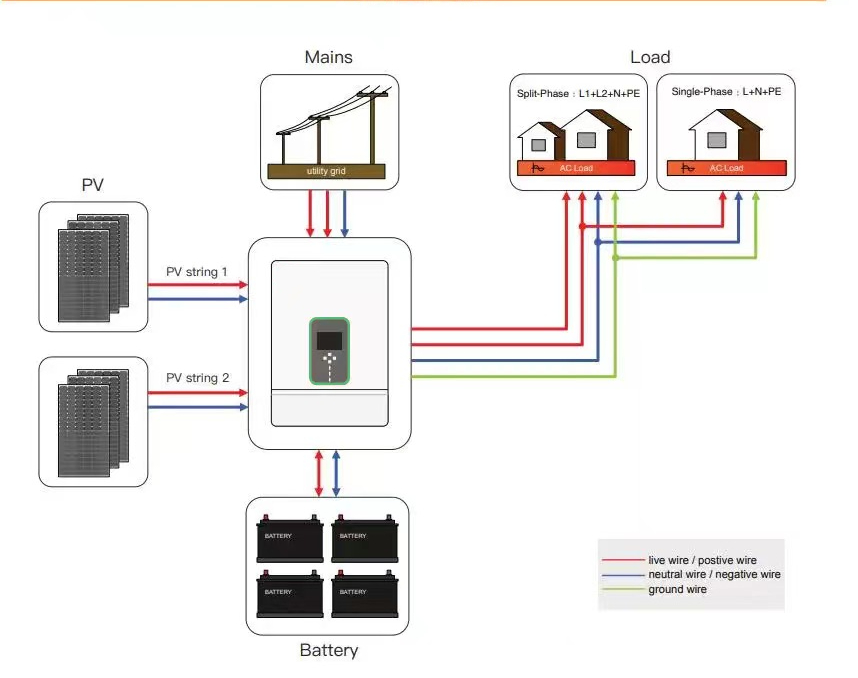
What is the advantage of hybrid inverter?
Energy Storage Capability: Hybrid inverters integrate energy storage systems (such as batteries), enabling them to store excess solar power and provide backup electricity when needed. This storage capability offers enhanced flexibility, allowing the system to utilize stored energy during nighttime or low-light conditions.
Versatility: Hybrid inverters not only serve as inverters but also include functionalities like charge controllers, enhancing the system's capability for energy management. They can monitor, control, and optimize energy generation, storage, and usage.
Power Outage Adaptability: During grid power outages, hybrid inverters can automatically switch to backup energy sources, such as stored battery power, ensuring continuous power supply for critical equipment. This feature is particularly crucial for essential facilities or scenarios requiring uninterrupted power supply.
Flexibility: Hybrid inverters can operate both off-grid and connected to the grid. This versatility allows the system to supply or draw power from the grid as needed, while also functioning independently when not connected to the grid.
Energy Efficiency and Cost Benefits: By maximizing self-sufficiency, hybrid inverter systems reduce dependency on the grid, leading to potential savings on electricity bills. Moreover, they optimize energy utilization, enhance system efficiency, and have the potential to reduce long-term energy costs.
Overall, hybrid inverters offer a comprehensive solution for solar systems, integrating functions of energy conversion, storage, management, and self-sufficiency. This integration provides a more flexible, reliable, and efficient solar energy solution compared to other types of inverters.
Why stable electricity is important?
Consistent access to reliable power: A stable electricity supply is pivotal for households, enterprises, and industries to have dependable access to power, crucial for daily functions and fostering economic growth. Absence of consistent electricity could compel reliance on costly or ineffective alternatives like generators or fossil fuels.
Ensuring public safety: A stable electricity grid is indispensable for public safety as it fuels vital infrastructure such as hospitals, emergency services, and water treatment facilities. Interruptions in power supply could jeopardize these services, leading to dire consequences during emergencies
Why Choose Us
1.Opting for top-notch quality in photovoltaic products. Our battery products are crafted using premium-grade A-rated solar cells, ensuring exceptional durability and a prolonged lifespan, delivering excellent value for your investment.
2.We hold relevant technical certifications, underscoring our commitment to quality and reliability.
3.Our stringent product testing processes adhere to the highest industry standards, guaranteeing scientific precision in every aspect.
4.With a diverse product line designed to meet a myriad of requirements, we offer highly adaptable custom services, tailored precisely to your needs
Need Customization Service?
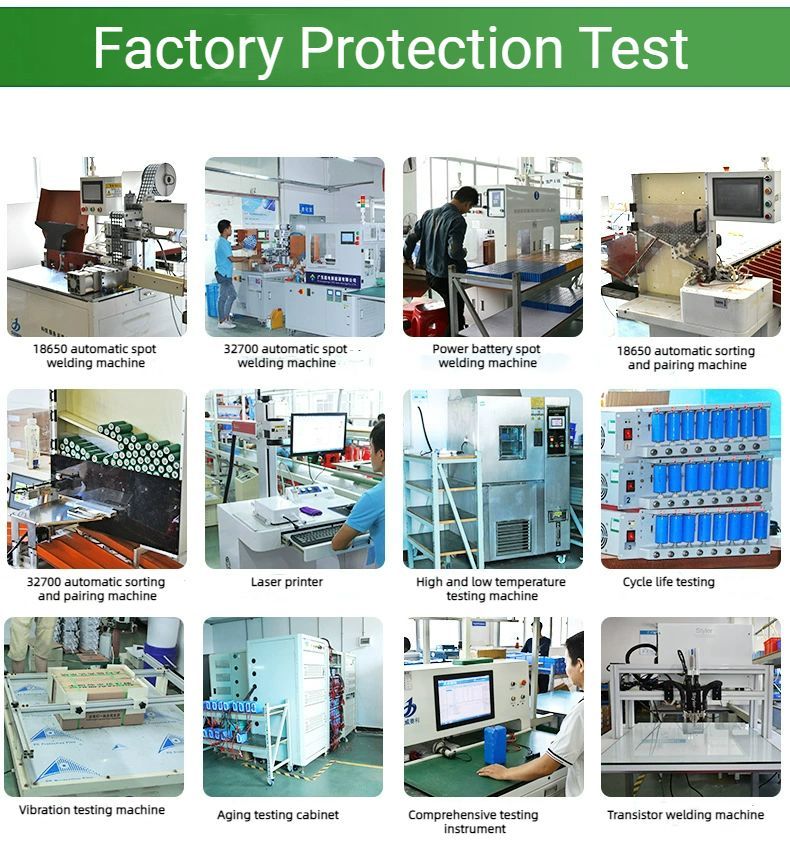
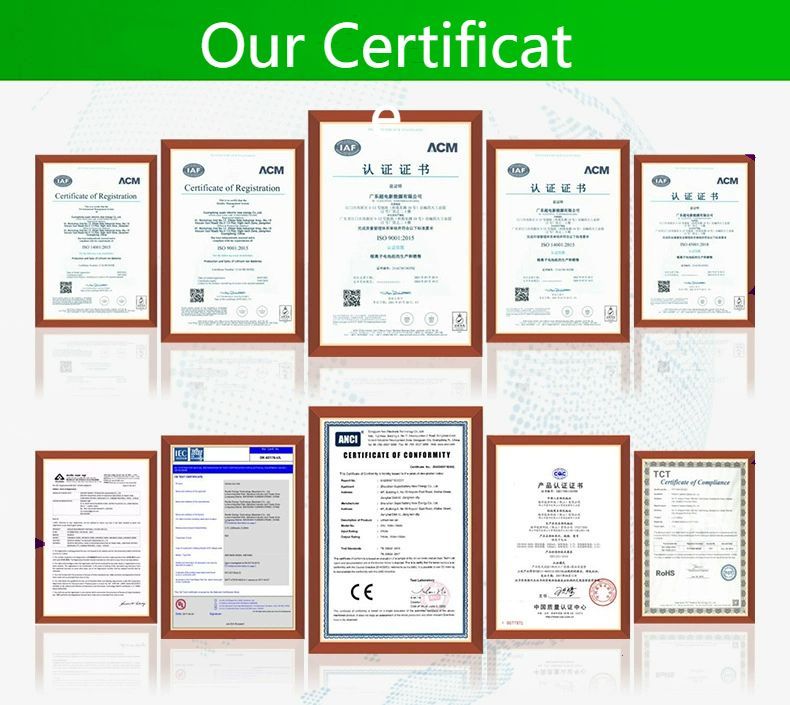
Write to us
Since 2013 Solar Manufacturer, Serving More Than 86 Countries,
Global Certification, Direct Factory Price






